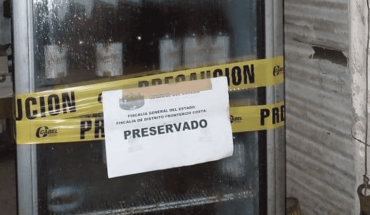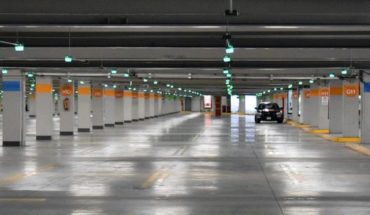For much of 2020 and early 2021, South America was the epicenter of the global fight against COVID-19.
Oxygen was running out in Peru. Gravediggers worked all night in São Paulo, Brazil. The bodies were kept in containers in Guayaquil, Ecuador.
Brazil, Latin America’s largest country, saw its coronavirus death toll become the second-highest in the world, while Argentina and Peru reported some of the highest per capita death tolls.
But in recent months, despite humble health services and lower income levels than in Europe or the United States, the region has become a surprise in the vaccination race.
South America is now the most vaccinated region in the world, with 63.3% of the population fully inoculated, according to the Our World in Data project, which compiles official figures from governments around the world.
Europe ranks second with 60.7%. In Africa, only 8.8% of the population has completed the vaccination schedule.
Infection and death rates have plummeted compared to mid-year, when Latin America and the Caribbean accounted for nearly half of global deaths and infections. It is now Europe where, due to the spread of the ómicron variant, the contagion is spreading.
Epidemiologists point to several factors to explain the rapid vaccination campaign in South America. But most important, they say, have been the history of decades of successful vaccination campaigns that have created the infrastructure needed to manage applications en masse, while instilling confidence among the population.
In Brazil, successful inoculation campaigns over the past half-century against smallpox, meningitis, polio and measles have caused very few people to oppose vaccines, said Paulo Lotufo, an epidemiologist and professor at the University of São Paulo.
In some major cities, such as Rio de Janeiro and São Paulo, more than 99% of the adult population has received at least one dose, officials say. Brazilians often proudly claim that the nation has a “vacinacao culture” or “vaccine culture.”
The same can be said for other countries in the region, which have previously launched extensive inoculation campaigns following outbreaks of traumatic infectious diseases in recent decades.
“This trust (is) built over several years and clearly grounded in the benefits of our extensive vaccination schedule,” said Leda Guzzi, an infectious disease expert from Buenos Aires.
The transmission of effective public health messages has also been key, said Albert Ko, a professor at the Yale School of Public Health and a collaborating researcher at the Oswaldo Cruz Foundation in Rio de Janeiro.
In Brazil, for example, a doll resembling a docile white droplet, known as “Zé Gotinha,” has been heavily used by health officials to promote the vaccine, even as President Jair Bolsonaro himself refused to be inoculated.
Earlier this year, funk dance star MC Fioti released a viral video featuring a modified version of one of his hits in partnership with the Butantan biomedical institute in São Paulo to promote the vaccine.
STORM CLOUDS ARE APPROACHING
However, the region is far from out of the woods, particularly as the omniron variant is widespread throughout the world.
Even with an impressive 63.3% of the population vaccinated, the region remains below the threshold that most scientists say is necessary to offer massive protection. The new omicron variant is now wreaking havoc across much of Europe despite similar levels of inoculation.
Among children, vaccination rates also vary drastically from country to country in Latin America, and authorities in Mexico and Brazil are relatively slow to approve vaccines for minors.
Another potential problem is the vaccines used.
Many countries, such as Chile, Uruguay and Brazil, relied heavily on Coronavac, a vaccine produced by China’s Sinovac Biotech Ltd, particularly in the initial phase of their vaccination campaigns.
While the vaccine is credited with rapid application, its efficacy is lower than that of its peers and, at least one initial study, has indicated that it may not produce antibodies against the ómicron variant. In early December, the World Organization Health (WHO) said those who received Sinovac, as well as all other “inactivated” vaccines, should receive a booster.
Epidemiologists also say that omicron may be more adept at dodging the immunity generated by previous COVID-19 infections. That could be bad news in a region where the virus swept through entire neighborhoods in the early stages of the pandemic.
“Many people, particularly in vulnerable communities in Brazil, have been infected,” said Ko, the Yale epidemiologist. “We see this virus infecting people who have already been infected before.”
South America, hit hard by COVID-19, now leads the global vaccination race
December 30, 2021 |





